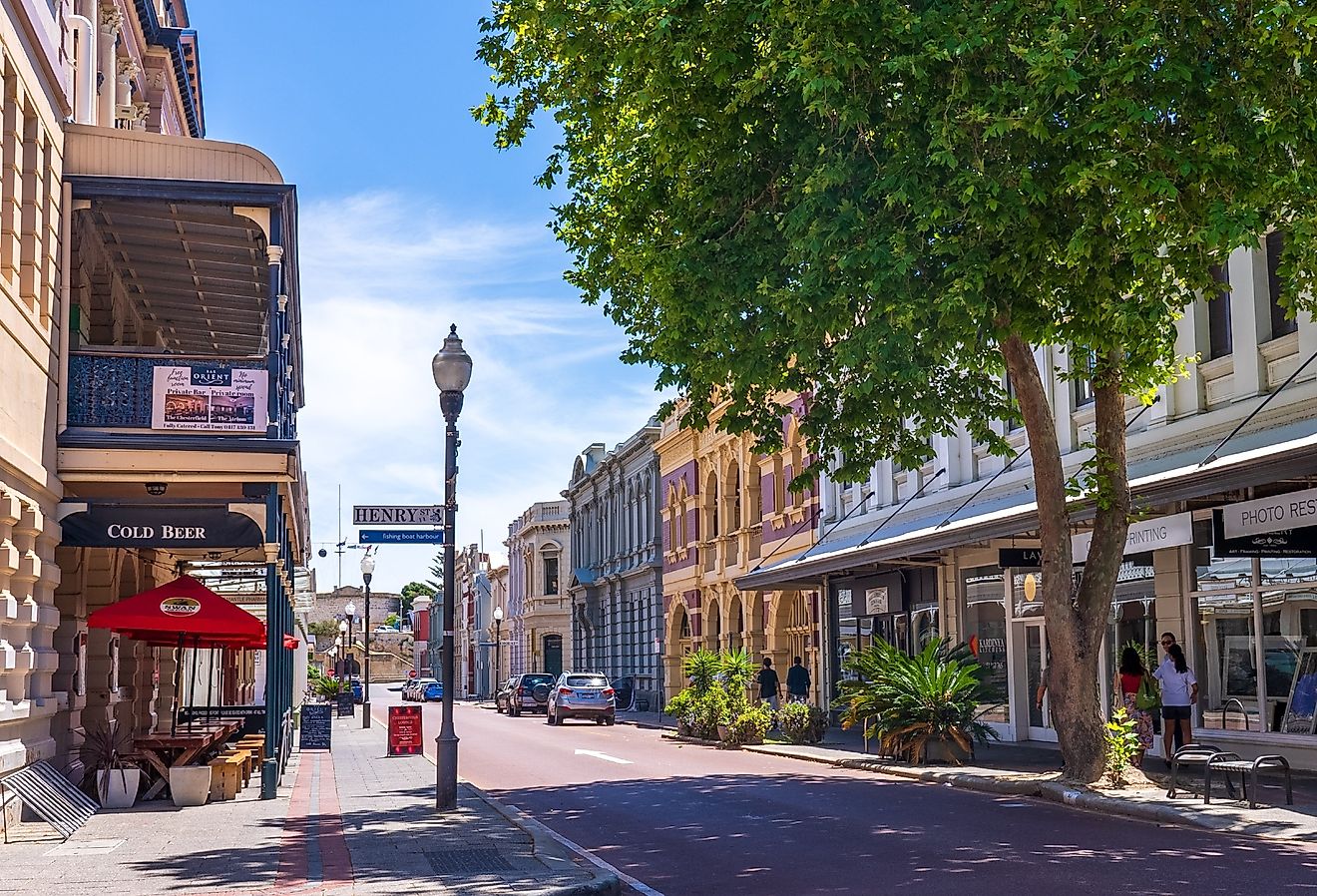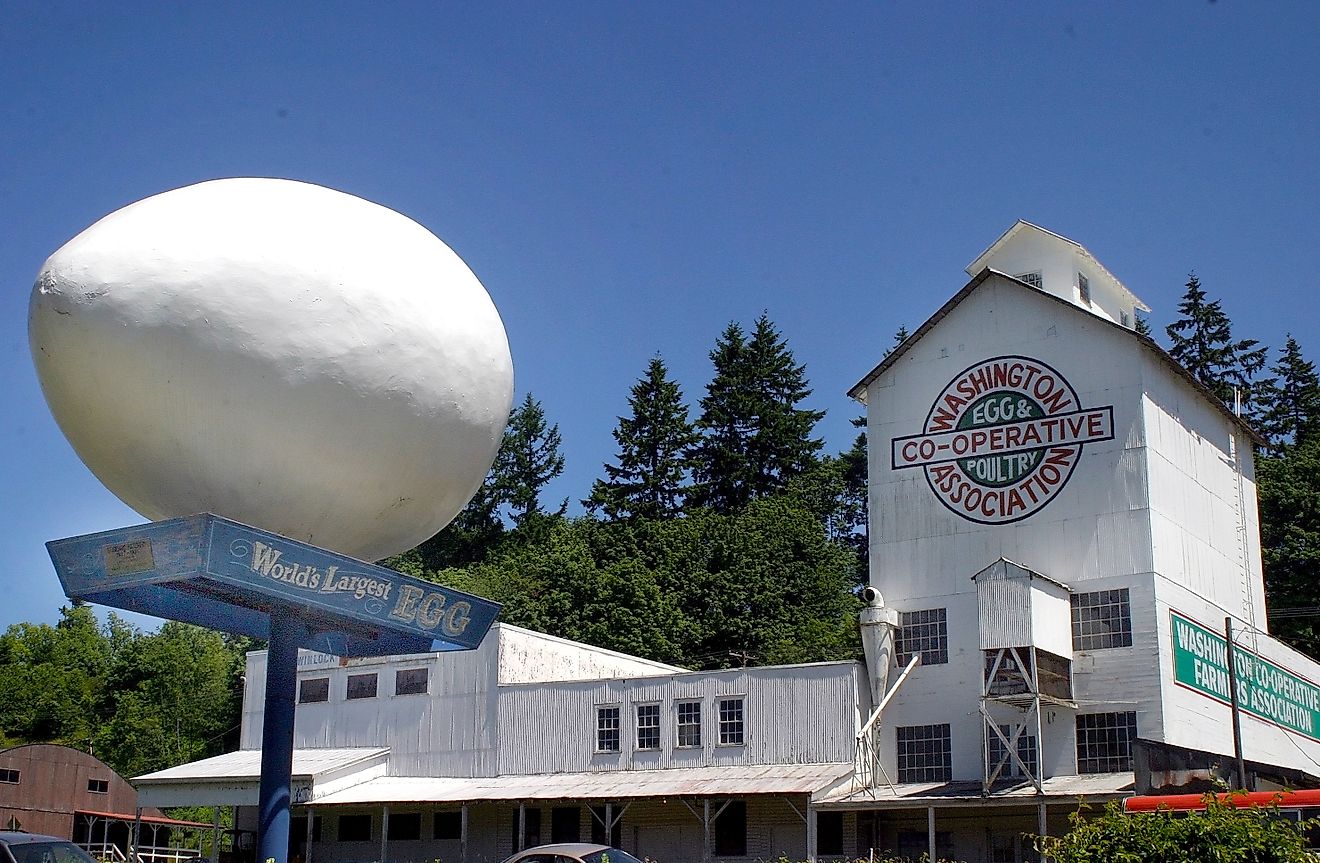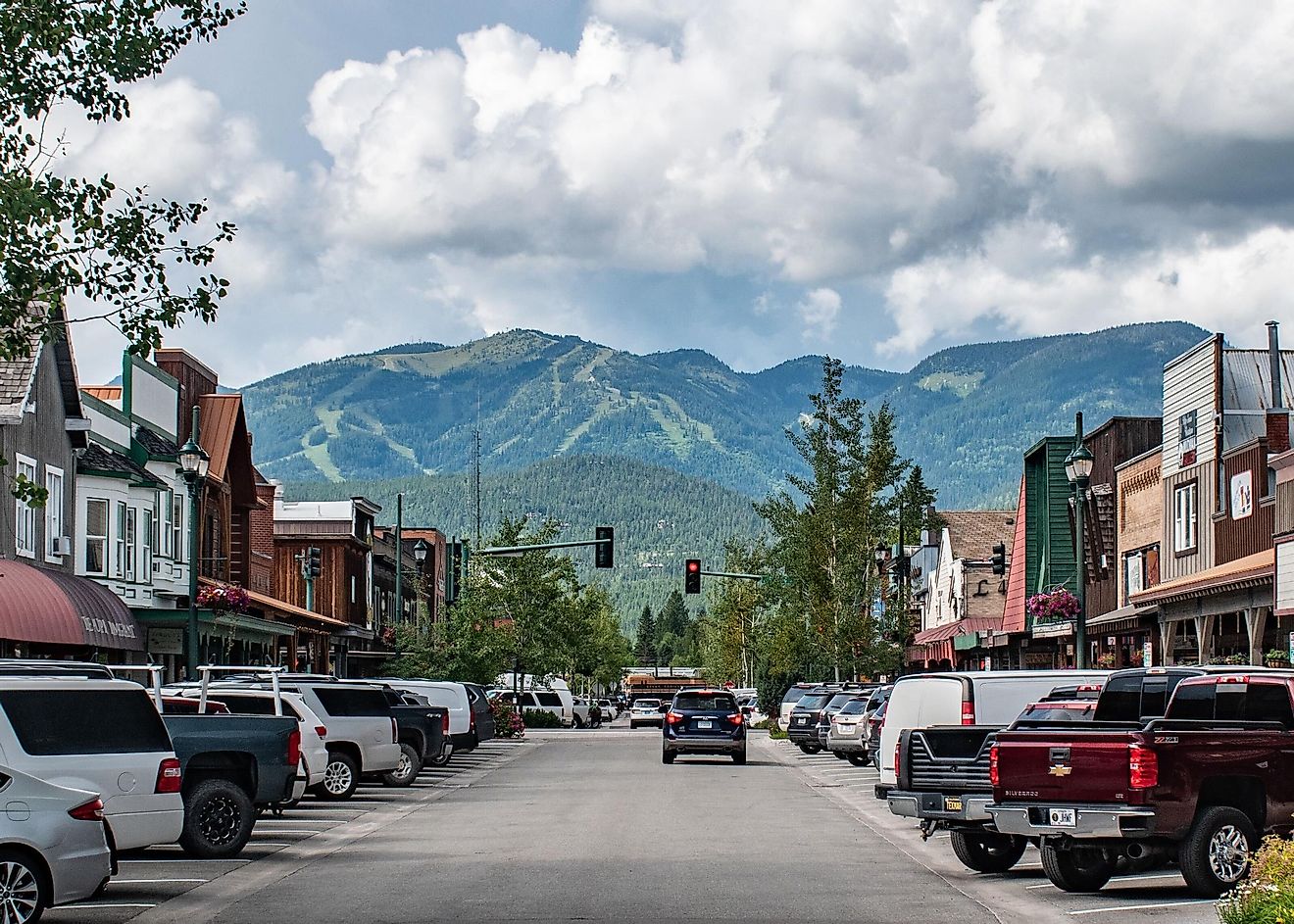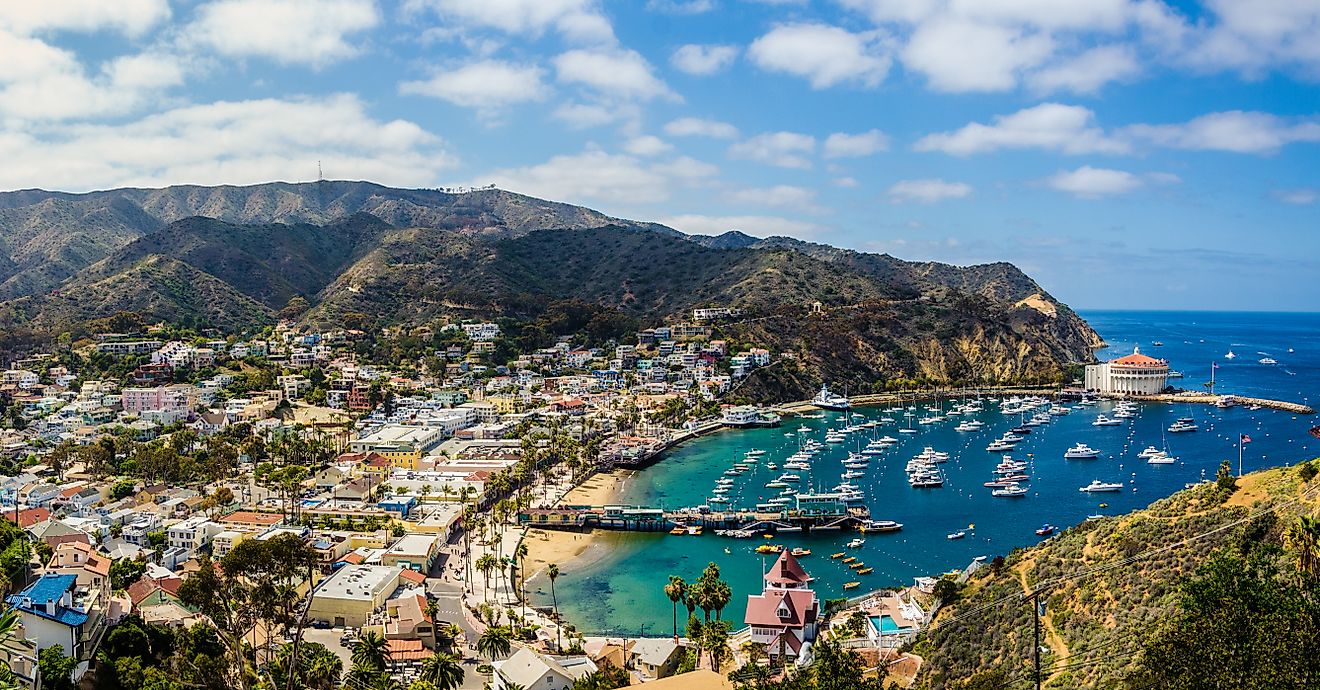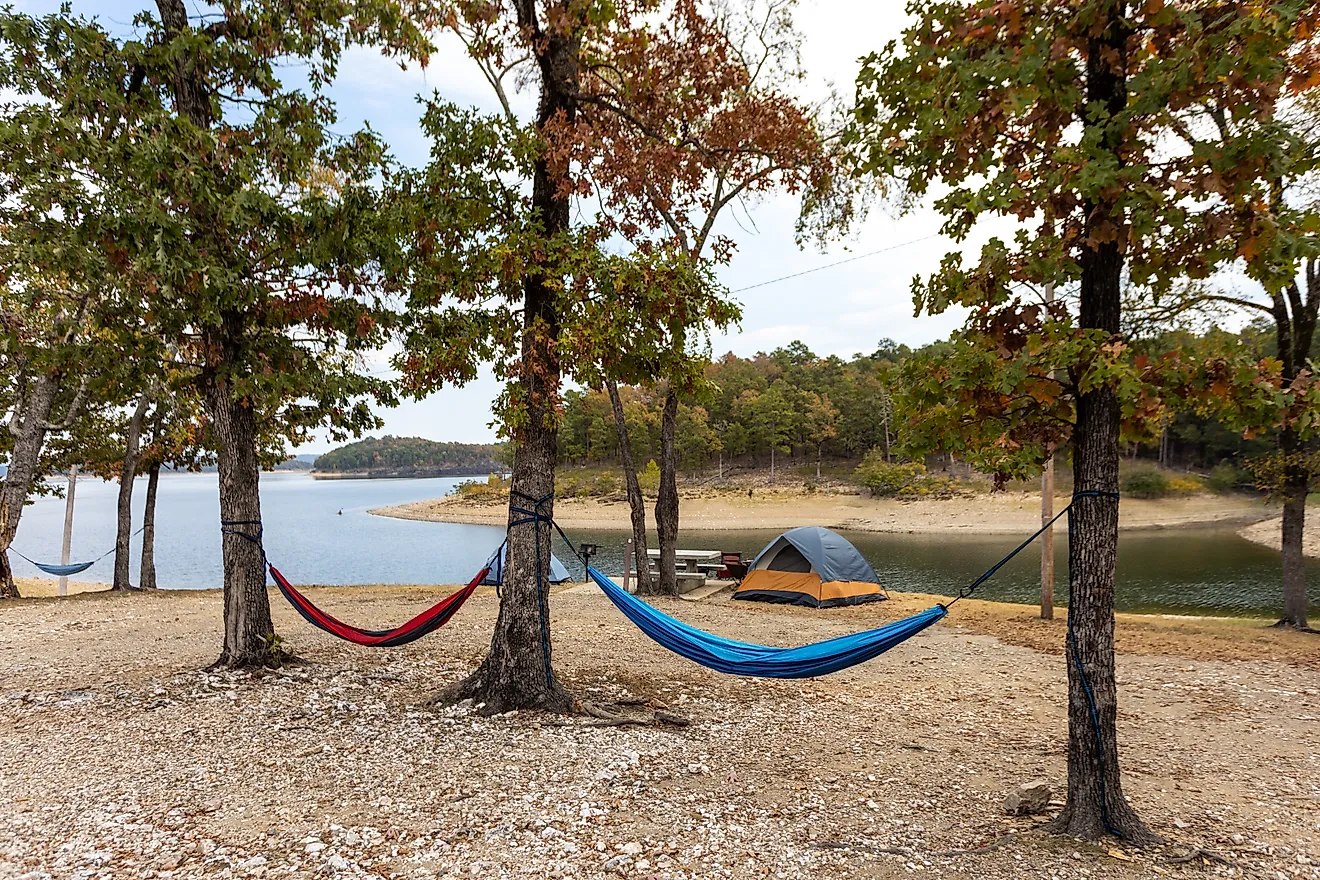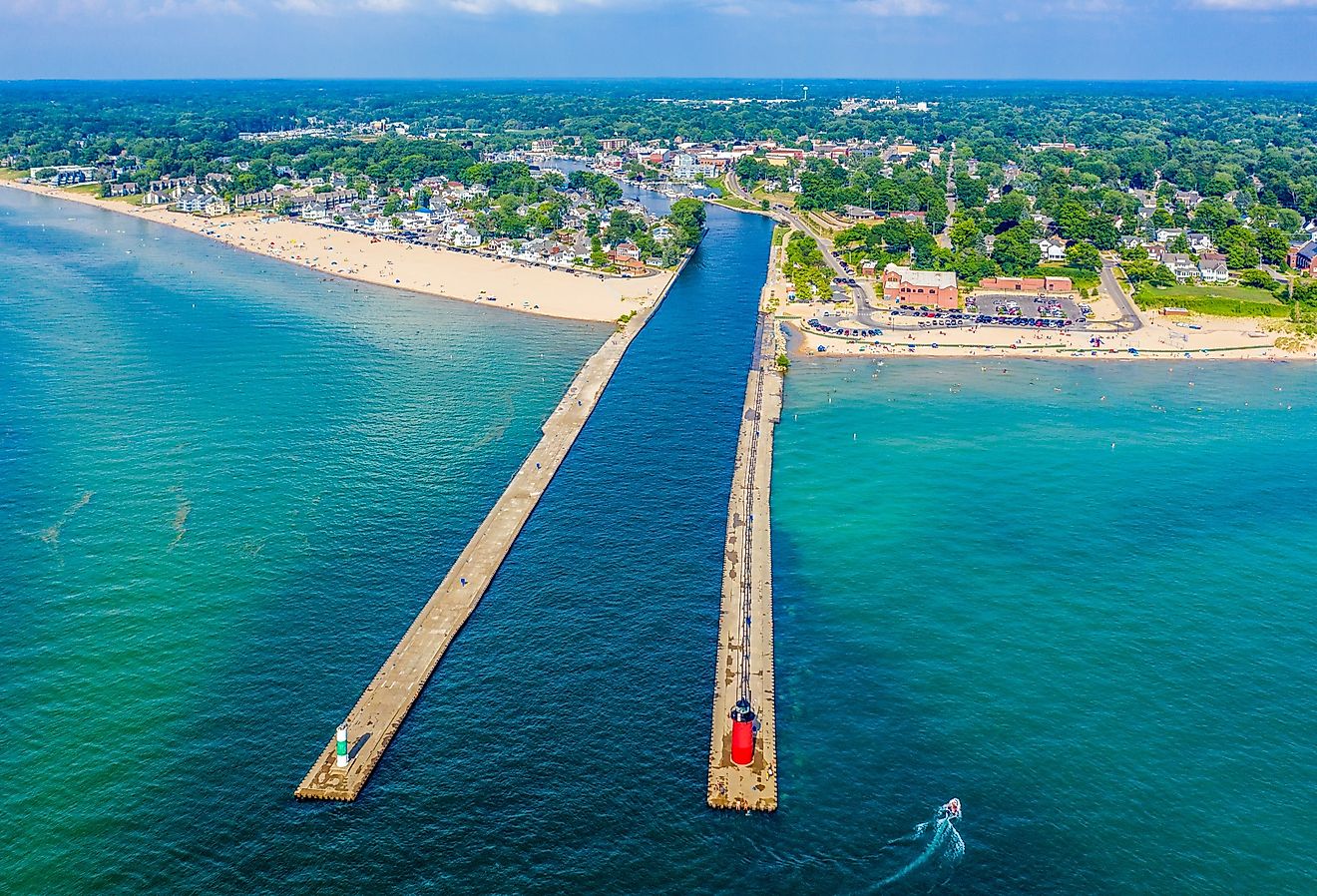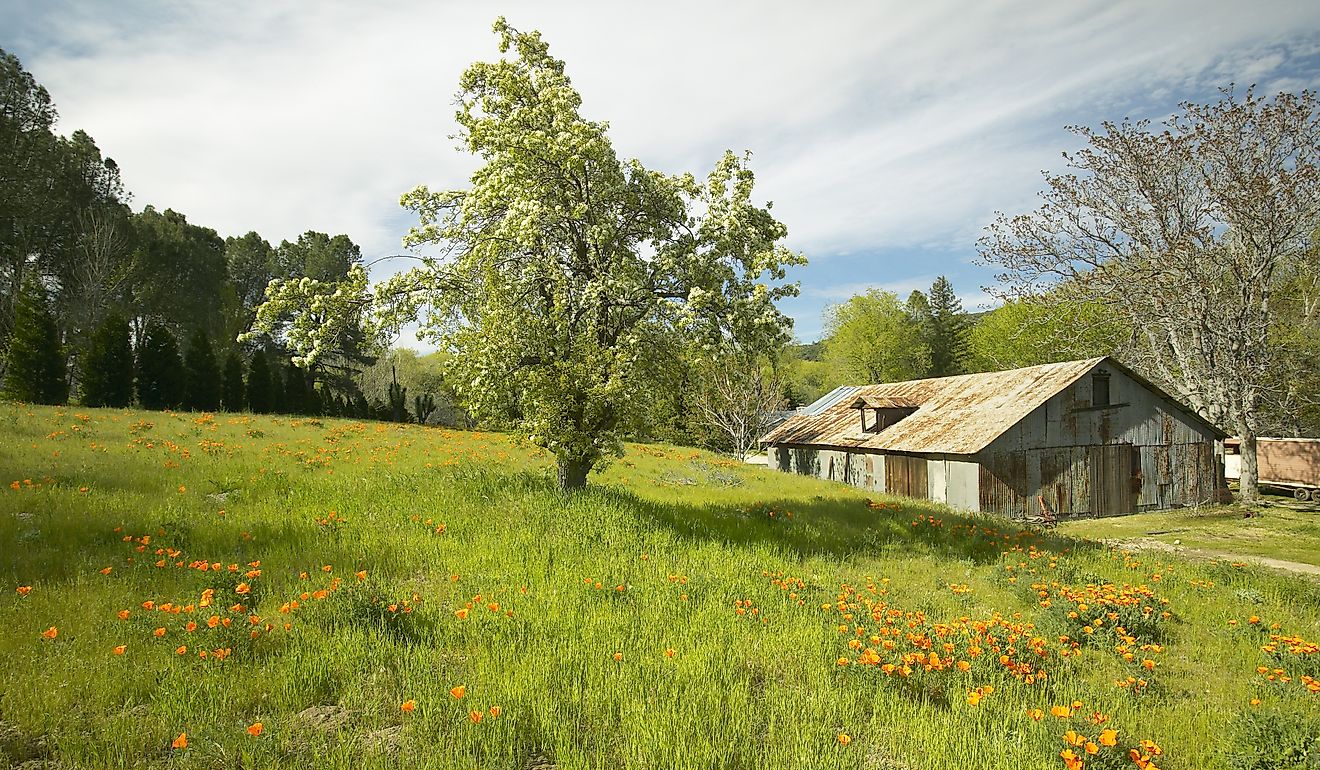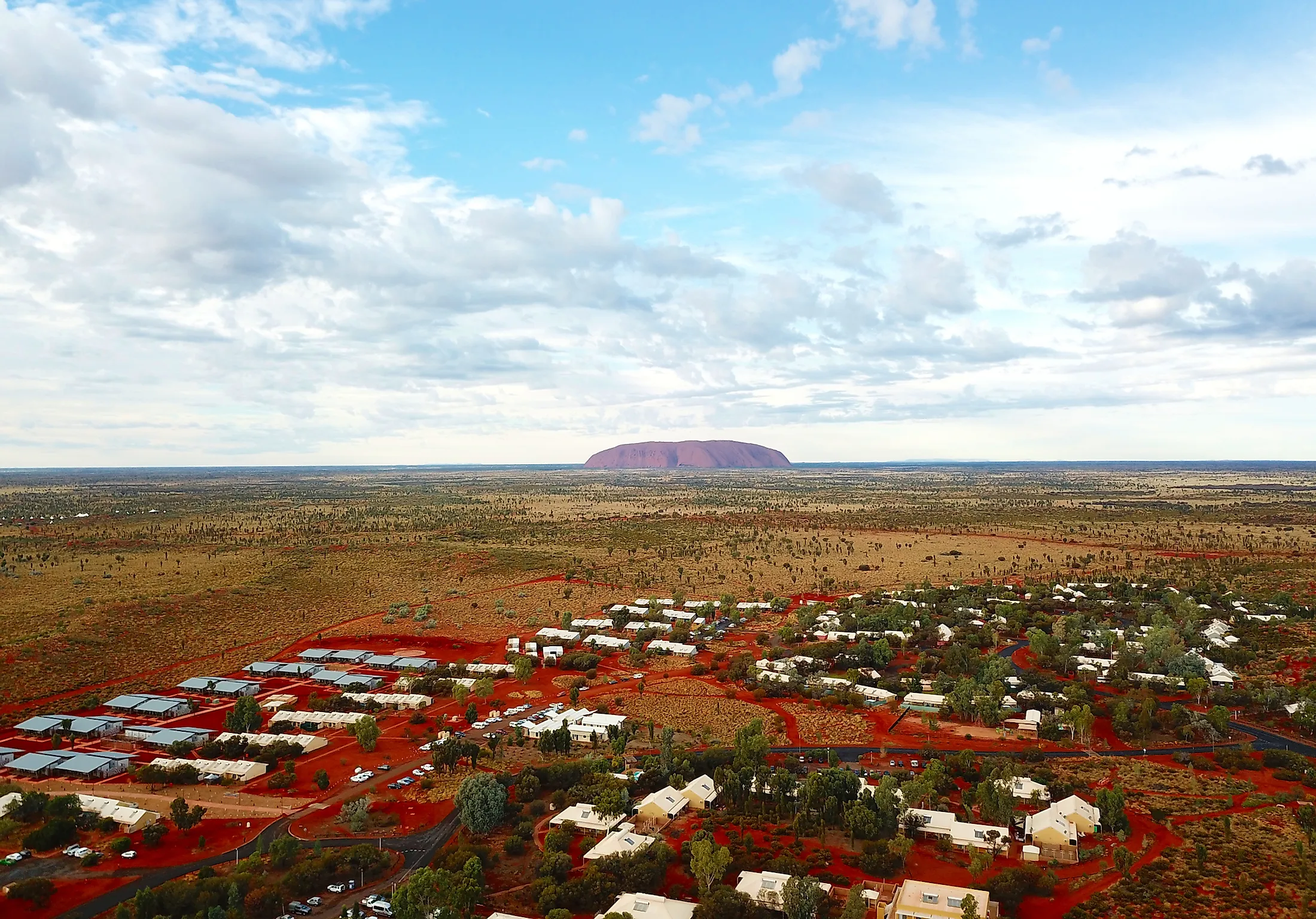
Yulara, Australia
Yulara is a town located in the MacDonnell Region in the southern region of the Northern Territory in Australia. The township of Yulara is home to approximately 1,000 people and supports Ayers Rock Resort, where visitors to Uluru-Kata Tjuta National Park, 18 km away, are accommodated.
Climate And Ecosystem Of The Region
The MacDonnell Region's climate is hot and dry nearly all year round, with a considerable diurnal temperature variation. In this part of the world, Winters (between May and July) are cool with a temperature that drops below freezing at night. December is the hottest month, with daytime highs often exceeding 40 °C. Precipitation is highly variable and mainly falls from January to March.
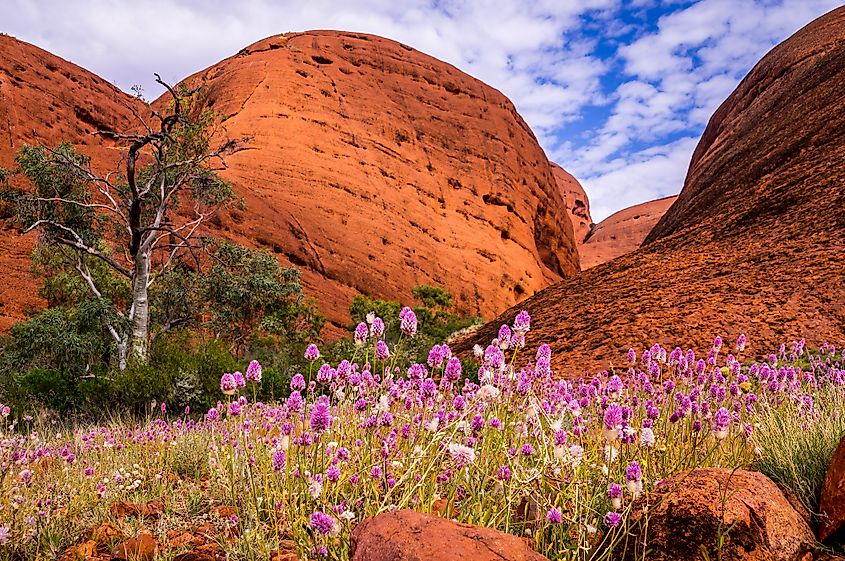
Despite the harsh climate in the region, the landscape around the Rock supports a wide variety of flora and fauna. The region is home to more than 400 species of plants, including mulga trees, desert poplars, desert oaks, and different types of eucalyptus, especially Centralian bloodwoods. Wildflowers include myrtles and foxtail. Wildlife includes mammals like red kangaroos, a variety of reptiles, and amphibians, especially lizards like geckos and skinks. Around 175 species of birds reside in the region, such as falcons, buzzards, and honeyeaters.
Population Of Yulara
Yulara has a population of approximately 1,000 residents, and the majority of the residents are either workers in the resort or tour operators. With tourists visiting the Uluru-Kata Tjuta National Park and the Uluru/ Ayers Rock, the small town gets more residents throughout the year. The number can temporarily increase by about 2 to 4 thousand people.
Across the arid plains of red sand that extend beyond Yulara, the local Pitjantjatjara, Yankunytjatjara, and Ngaanyatjarra people, known as Anangu, live where they gather bush fruits and vegetables, raise beef cattle, and hunt animals.
History Of Yulara
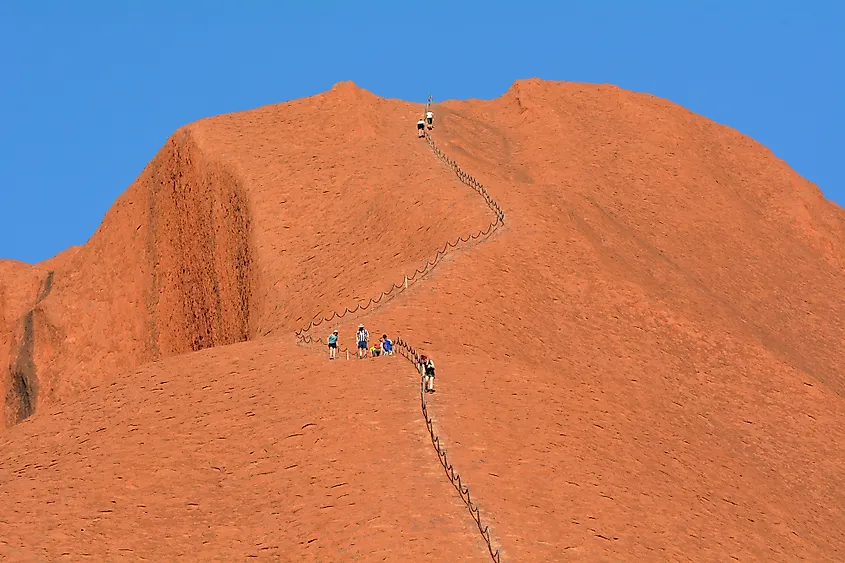
The Uluru (Ayers Rock) is one of Australia's top popular tourist destinations. The site has always attracted a lot of tourists, which led to unstructured and unmonitored tourism, including motels near the Rock's base. This had detrimental effects on the environment surrounding Kata Tjuta and Uluru. In the late 1970s, a Senate Select Committee recommended removing all developments near the base of the Ayers Rock and building a new resort as an alternative to support tourism in the Uluru-Kata Tjuta National Park. Following the recommendation, the Commonwealth Government agreed to relocate accommodation facilities to a new site far from the base of Uluru. On August 10, 1976, the Governor-General proclaimed the new town of Yulara, about 14 kilometers from Uluru.
The development of the new town of Yulara became a major priority of the Northern Territory Government after it was granted Self Government in 1978. During the following few years, the government built basic infrastructures such as water supply and roads through the government's capital work program. In 1980, the government set up the Yulara Development Company Ltd., responsible for developing tourist facilities, including accommodation, staff housing, and a shopping center.
Between 1982 and 1984, at the cost of $130 million, the first stage of the resort was built by the Yulara Development Company Ltd. The resort was designed by Philip Cox & Associates. Although the cost was high, the resort won the Royal Australian Institute of Architects (RAIA) Sir Zelman Cowen Award in 1984.
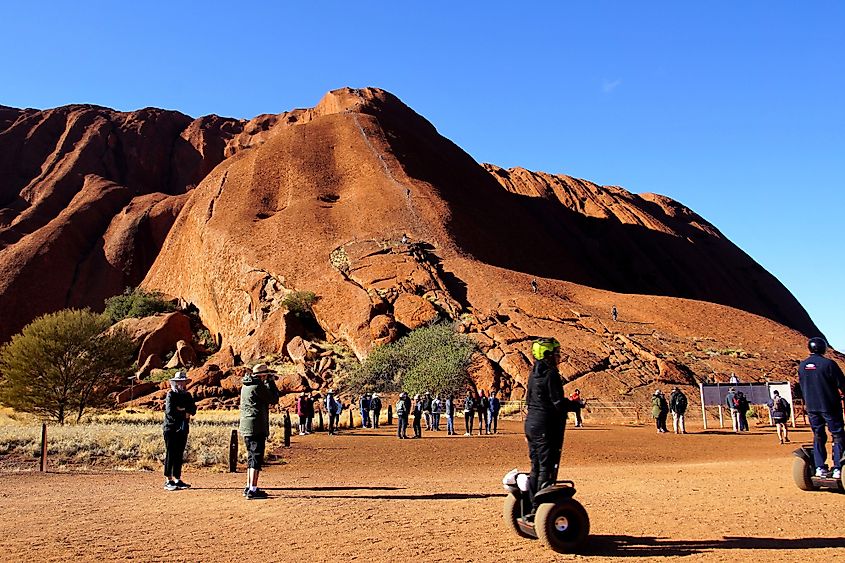
In late 1984, the new facilities became fully operational, and the Commonwealth Government terminated all leases for the old motel near the Rock. The area was rehabilitated by the National Park Service (now called Parks Australia), and its ownership was transferred to the local Indigenous people, who renamed it Uluru-Kata Tjuta. However, the indigenous people leased it back to Parks Australia for 99 years. Originally, there were three competing hotels that detracted from the viability of the enterprise and led to massive operating losses. The losses were too great, which got the three competing hotel operators replaced by a single operator, the government-owned Investnorth Management Pty Ltd. In 1992, the resort was owned by a venture capital consortium as they sold, through a tender, a 40% interest in the Yulara Development Company.
In 1997, the resort was sold again, through an open tender, to General Property Trust, which appointed Voyages Hotels & Resorts as operator. Voyages Hotels & Resorts operated everything in the resort except for the post office (Australian Post) and the bank (ANZ). All the town's housing was rented from Voyages except for very few, which the government leased for its employees. In 2011, the Indigenous Land Corporation bought the resort, which is now operated under the new corporation's subsidiary, Voyages Indigenous Tourism Australia.
Tourist Attractions Near Yulara
Over 400,000 people travel each year to Yulara as it is near the Uluru-Kata Tjuta National Park and the Uluru/ Ayers Rock, which are major tourist destinations in Australia.
Uluru/Ayers Rock
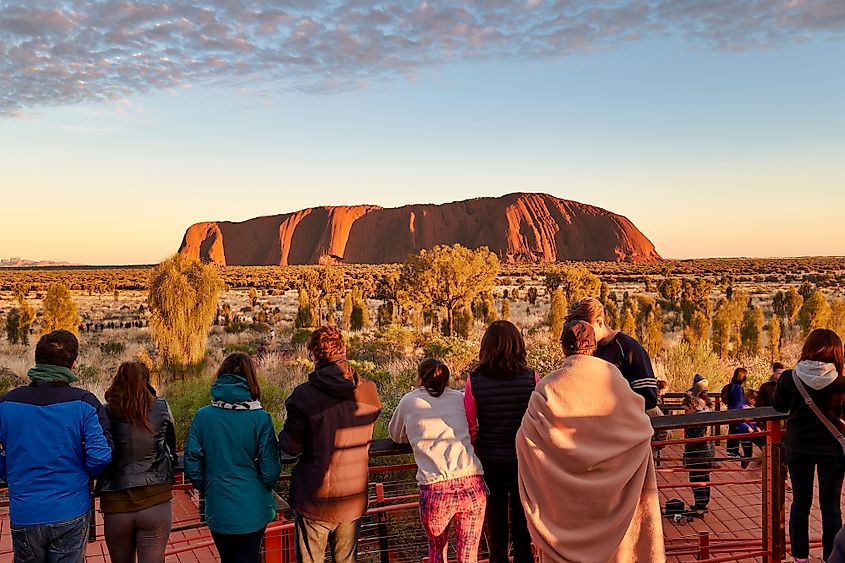
Uluru/ Ayers Rock is a giant monolith and one of the tors, isolated masses of weathered Rock, located in southwestern Northern Territory central Australia. The tor has an oval shape, measuring 3.6 km long by 2.4 km wide and a circumference of 9.4 km. It is 348 meters above the surrounding desert plain and reaches a height of approximately 863 meters above sea level.
The monolith has long been revered by various Australian Aboriginal peoples, who call it Uluru. It was sighted in 1872 by explorer Ernest Giles. A surveyor, William Goose, called it the Ayers Rock after Sir Henry Ayers, a former South Australian premier.
Although Mount Augustus in Western Australia is often identified as the world's largest monolith, it is composed of multiple rock types. It cannot be technically considered a monolith, making the Ayers Rock the world's largest monolith.
Due to the arkosic sandstone, which contains a high proportion of feldspar, the Rock changes color according to the Sun's position. The monolith is colored a fiery orange-red at sunset by the Sun's rays. The shallow caves situated at the base of the Ayers rock are considered sacred to different Aboriginal tribes and contain carvings and paintings.
The Uluru-Kata Tjuta National Park
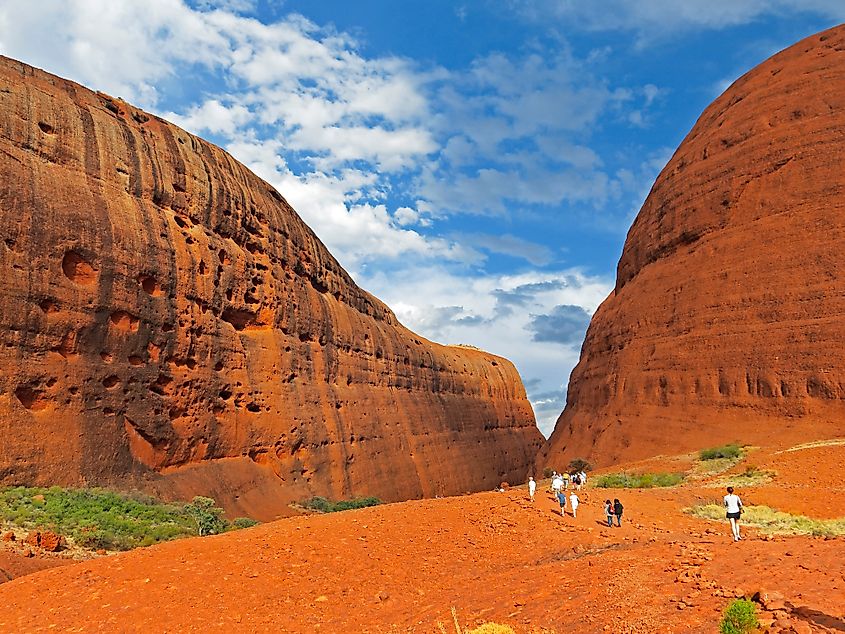
The Uluru/ Ayers Rock is located within the Uluru-Kata Tjuta National Park. The park was established in 1958 as Ayers Rock-Mount Olga National Park and was renamed in 1993. It also includes the Olgas, also referred to as Kata Tjuta, a group of tors about 32 km west-northwest of the Ayers Rock. The Uluru-Kata Tjuta National Park covers a total area of 1,326 square km. In 1985, the Indigenous people leased Uluru/ Ayers Rock and the national park to the federal government for 99 years. The park and the Rock within were named a UNESCO World Heritage site in 1987, and due to its cultural significance, UNESCO gave the park a second World Heritage designation in 1994.

